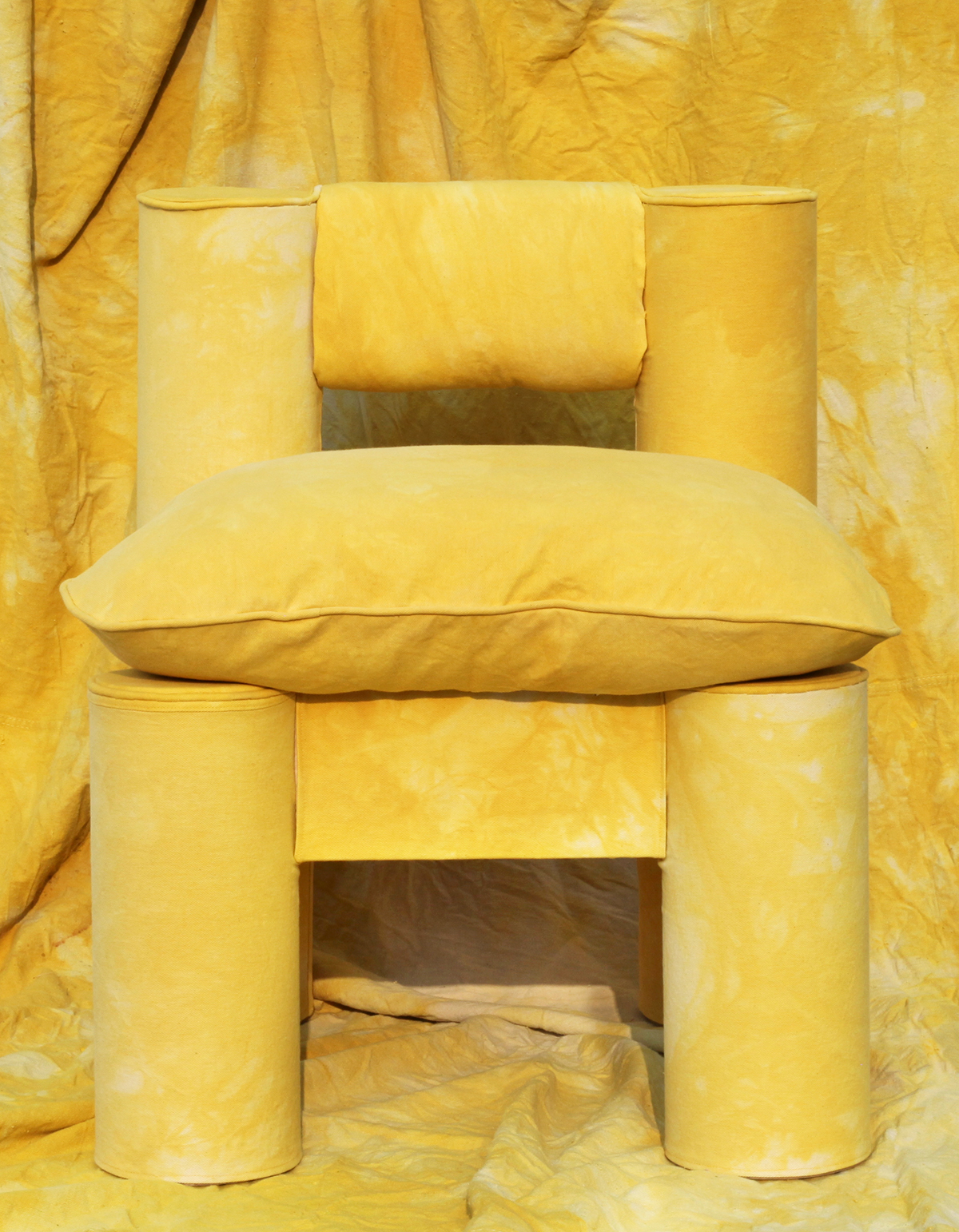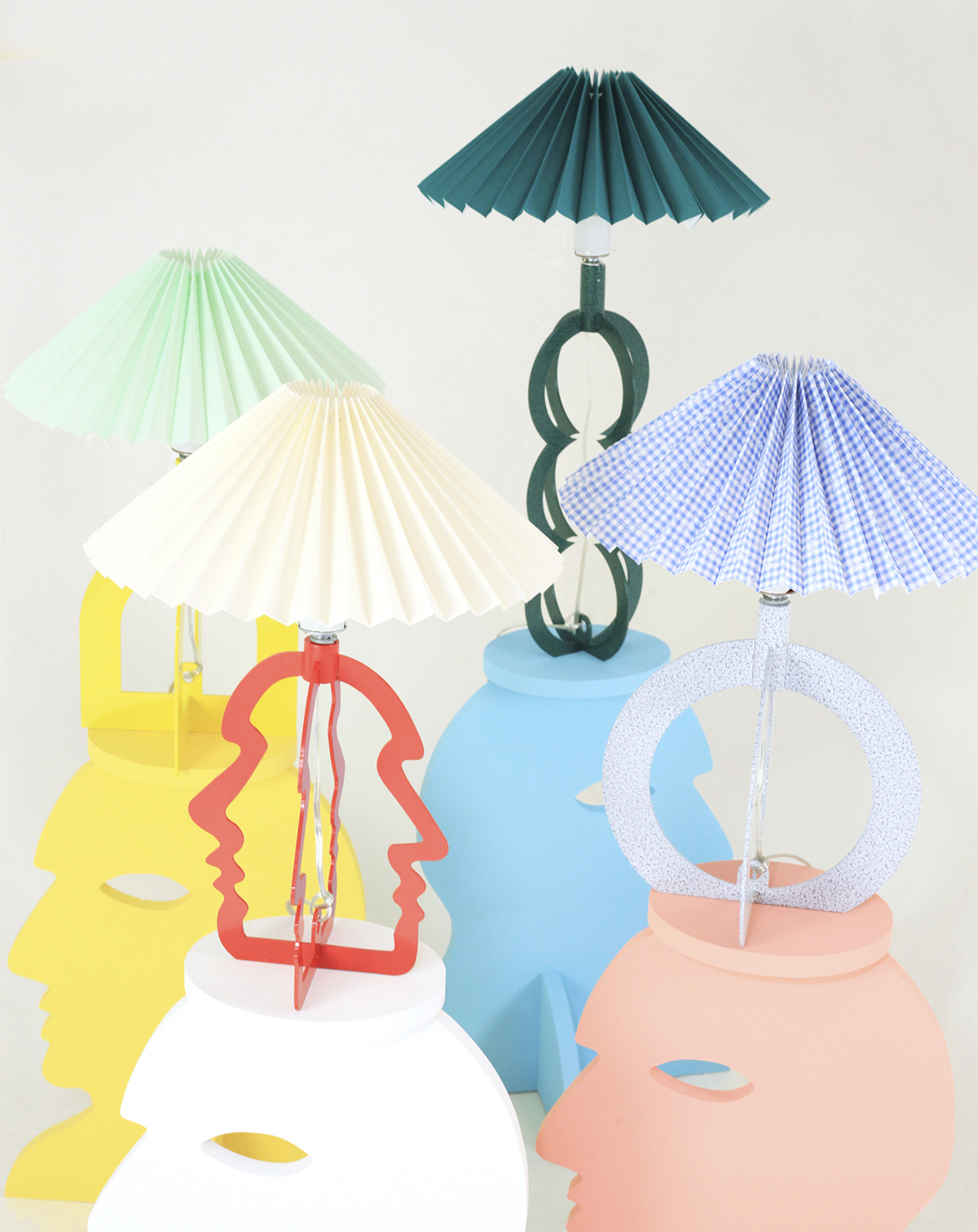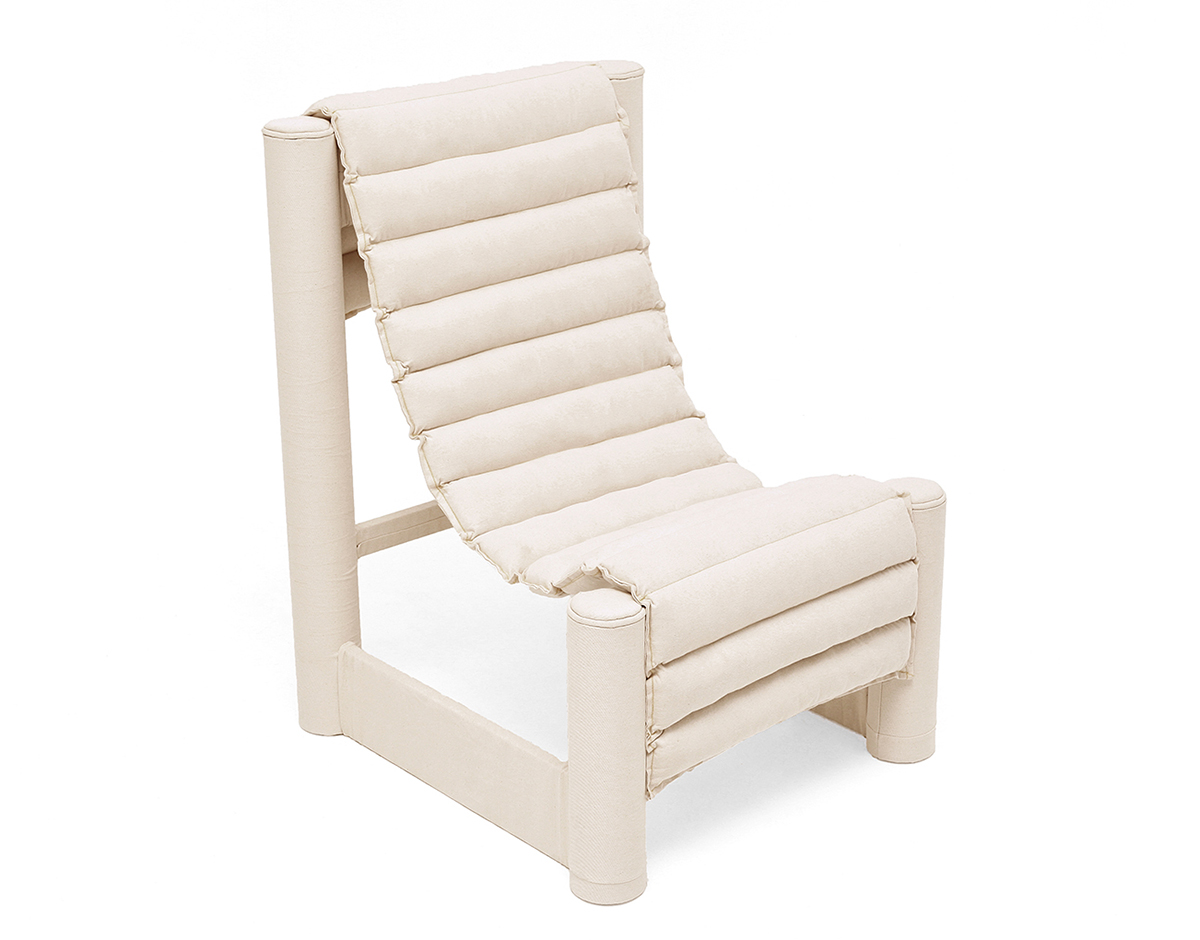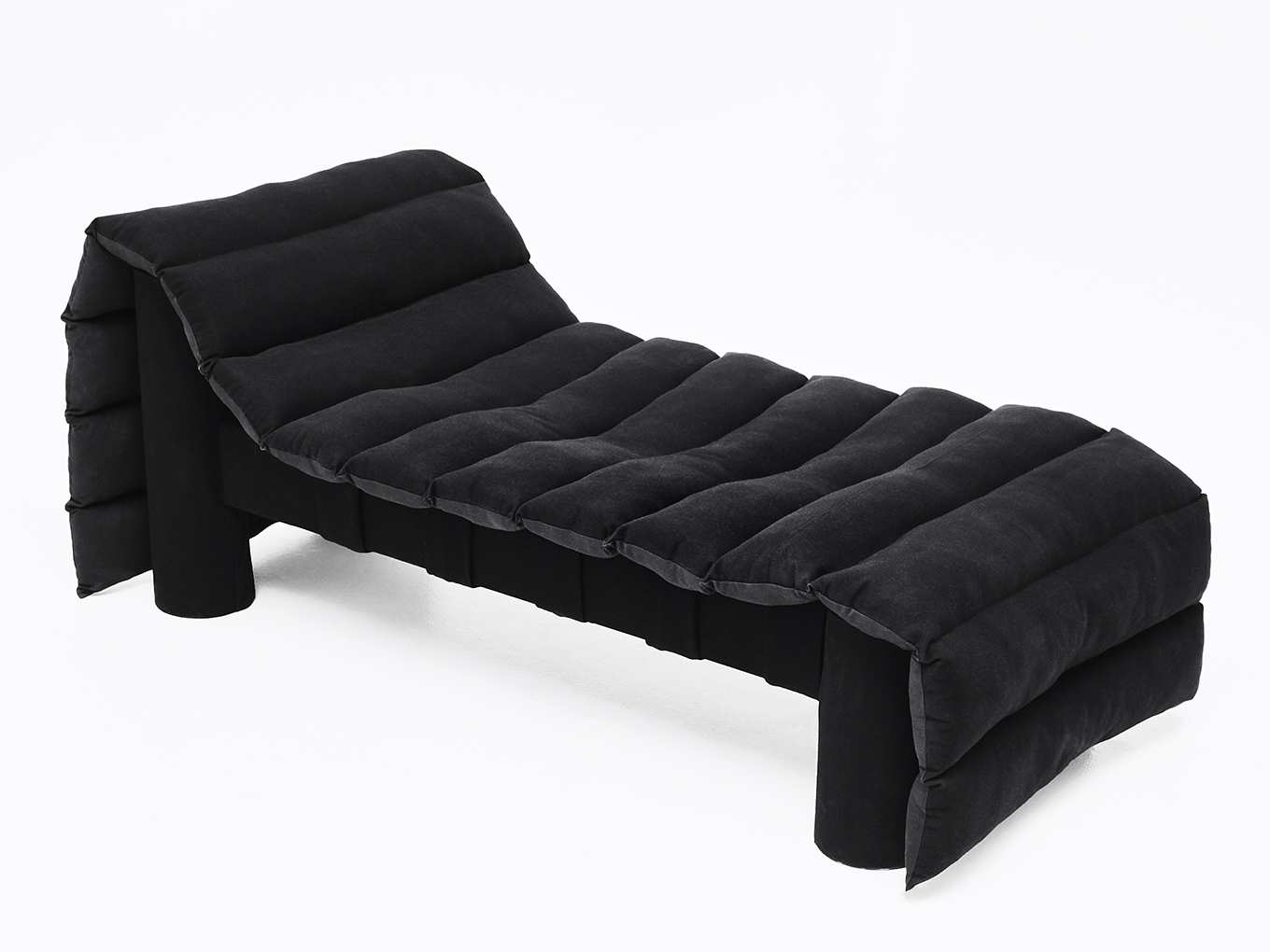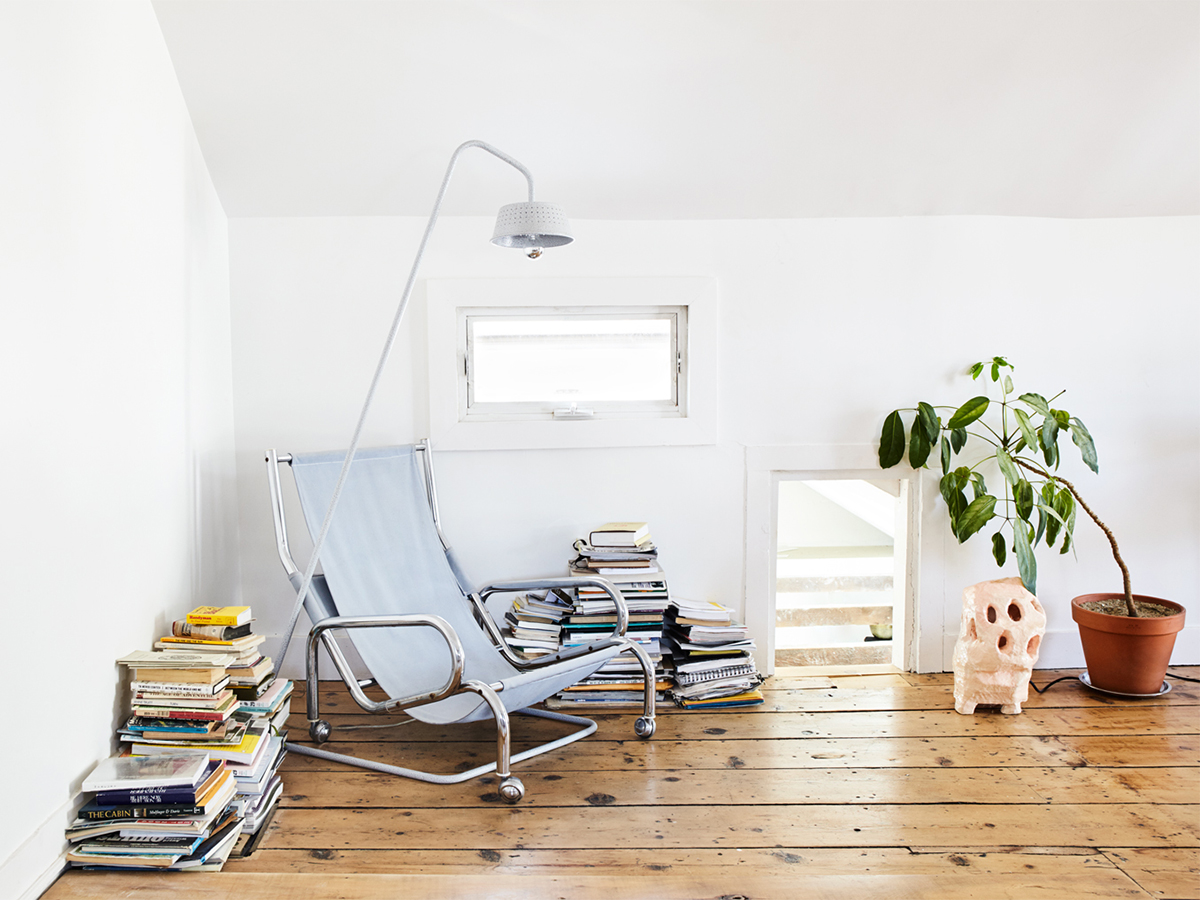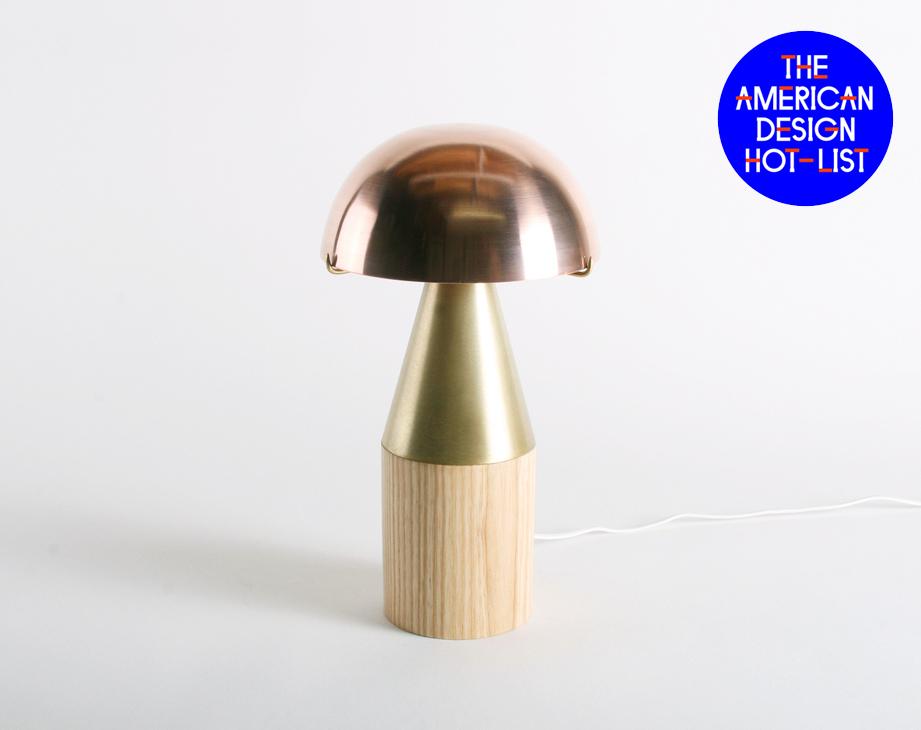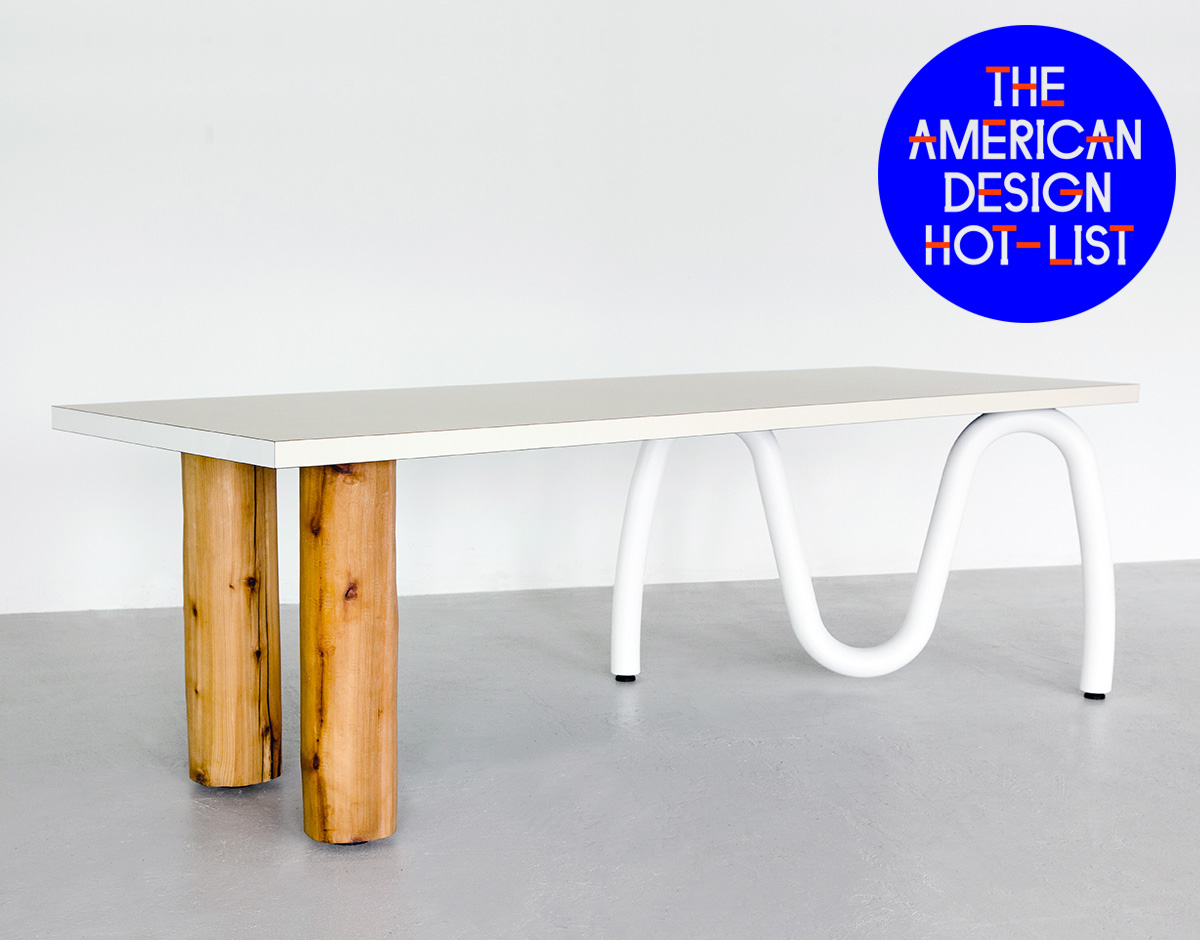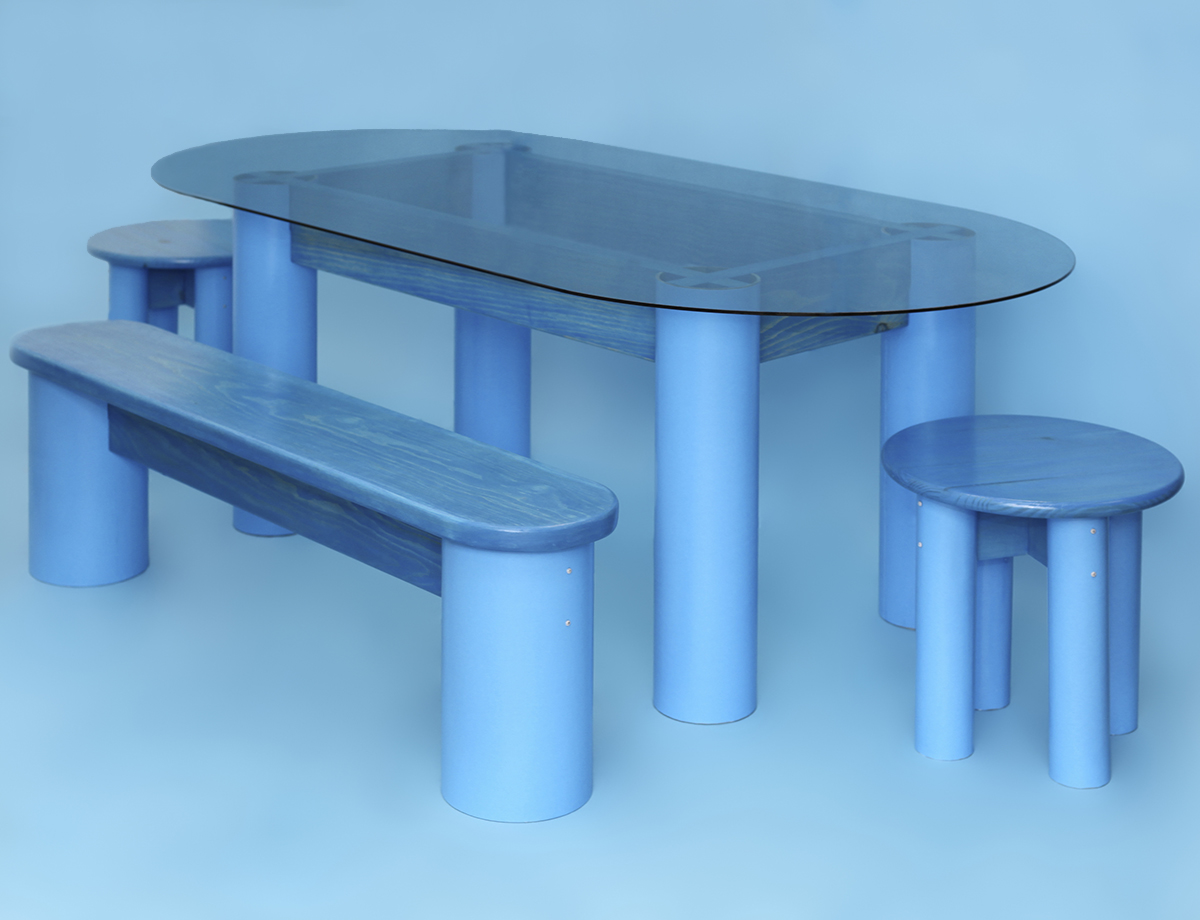
American Design Hot List 2020
LikeMindedObjects
Hudson, New York, likemindedobjects.com
RISD alum Elise McMahon makes furniture that’s as wild and playful as she is, but beneath its brightly colored surface, her work has another, less-obvious dimension — it makes use of recycled and castoff materials in innovative ways. Her cult tie-dyed chairs, for example, are stuffed with recycled textiles in lieu of petroleum-based foam, helping prove that we’ve truly left behind the time when sustainable design was bland and predictable.
What is American design to you, and what excites you about it?
American design is about being resourceful, and creating unexpected value out of the materials found where you are. Whether it’s the natural materials found regionally, or the trash built up in a community, designers see these as an opportunity to reimagine possible ways to use them, both learning from traditional applications and imagining future innovations to find that sweet spot between art and industry that design happily exists in. I get excited when I see a designer that has successfully challenged our perception of value — turning nothing into something, but with their own individual flair. Same goes for artists in other mediums of daily life like food, clothing, etc.
What are your plans and highlights for the upcoming year?
I have a number of new collections and installations in the works for exhibitions that are to be announced, since everything seems to change monthly during a pandemic! The pieces I’m the most excited to share are more sculptural than my previous output, and they’ve been percolating for the last few years surrounding my research in the local and global waste streams of textiles, glass, paper, etc. The aim is to show these materials in a wide breadth of possibilities, from art to industrial applications, challenging the perception of low-valued “waste.”
Alongside some of the objects being created, I will also be releasing “Access to Tools with People In Places,” a discussion and essay series hosted by the design studio Office of Tangible Space. I also have a correlating sustainable-design education program being developed in collaboration with an organization I often work with, the Kokrobitey Institute in Accra, Ghana. Once Covid lets up, I hope we can finally have some of the in-person design fairs and gatherings that were scheduled for 2020! In the meantime, I have some product collections coming out, like a line of mirrors launching with Areaware this winter. I feel lucky to have a studio with all my tools to keep trucking on new ideas, and a store/showroom in Hudson where I get to share my latest experiments regularly.
What inspires or informs your work in general?
I’m inspired by the climate crisis and its unfortunate intertwined relationship with common industrial design practices. The more research I do, the more it makes me feel a sense of urgency in putting work out that proposes a more healthy circular relationship to production. I’m inspired by the US’s messed-up recycling system that requires designers to do detective work and problem solving! There is such an abundance of material that ends up landfilled because there simply aren’t enough regional manufacturers to absorb this material. The prompts I take for these issues are: how can we make impactful, functional, long-lasting pieces with as little material as possible, or how can we absorb the most material that would otherwise be landfilled. These are almost the opposite of aesthetic prompts, but aligned in values, which is how my work zigzags between pieces like the chunky upholstery and the thin line-drawings in metal. I love visiting factories, junk yards, and recycling centers and seeing the machinery unique to each material. This, of course, is alongside a simple love of material exploration, DIY culture, and formal aesthetic play.